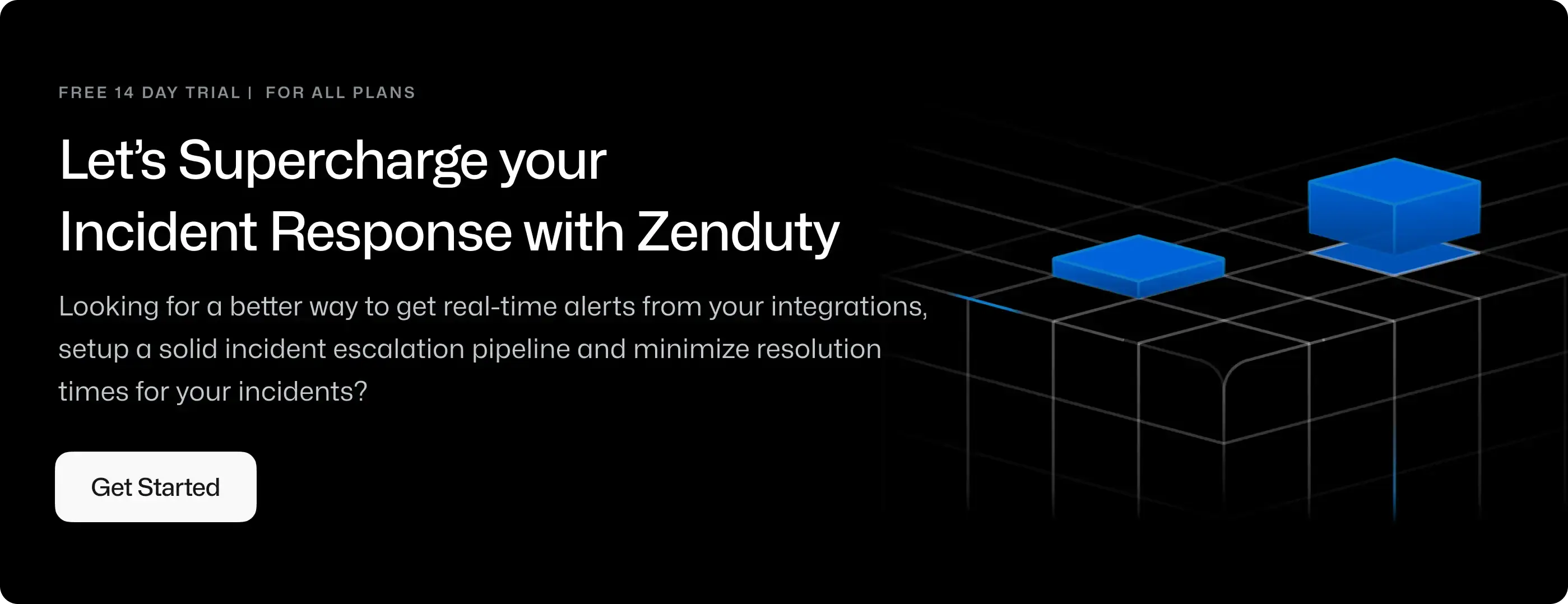Pulsetic Integration Guide
Pulsetic is a website uptime monitoring service designed to keep you informed about any disruptions to your website.
What can Zenduty do for Pulsetic users?
With Pulsetic's Integration, Zenduty sends new Pulsetic alerts to the right team and notifies them based on on-call schedules via email, text messages(SMS), phone calls(Voice), Slack, Microsoft Teams and iOS & Android push notifications, and escalates alerts until the alert is acknowledged or closed. Zenduty provides your NOC, SRE and application engineers with detailed context around the Pulsetic alert along with playbooks and a complete incident command framework to triage, remediate and resolve incidents with speed.
You can also use Alert Rules to custom route specific pulsetic alerts to specific users, teams or escalation policies, write suppression rules, auto add notes, responders and incident tasks.
To integrate Pulsetic with Zenduty, complete the following steps:
In Zenduty:
-
Go to Teams and click on the team you want to add the integration to.
-
Next, go to Services and click on the relevant Service.
-
Go to Integrations and then Add New Integration. Give it a name and select the application Pulsetic from the dropdown menu.
-
Go to Configure under your Integrations and copy the generated Webhook URL.
In Pulsetic:
-
Login to your Pulsetic dashboard. Create a new monitor or click on an existing website monitor.

-
Click on the Alerts tab and then the Webhook section.
-
Paste the Webhook URL copied from Zenduty here and click on Save.

-
You can now configure Advanced Settings as per your requirements and test the Webhook by sending Monitor Online and Monitor Offline requests.
-
Pulsetic is now Integrated with Zenduty. Zenduty will create an incident for each offline alert and auto-resolve the incident when Pulsetic sends the online alert.
